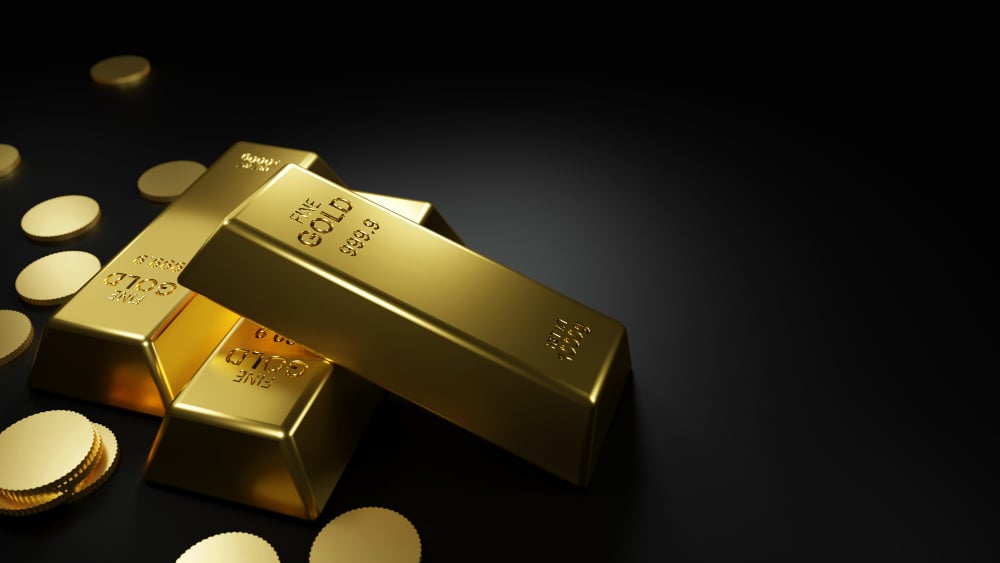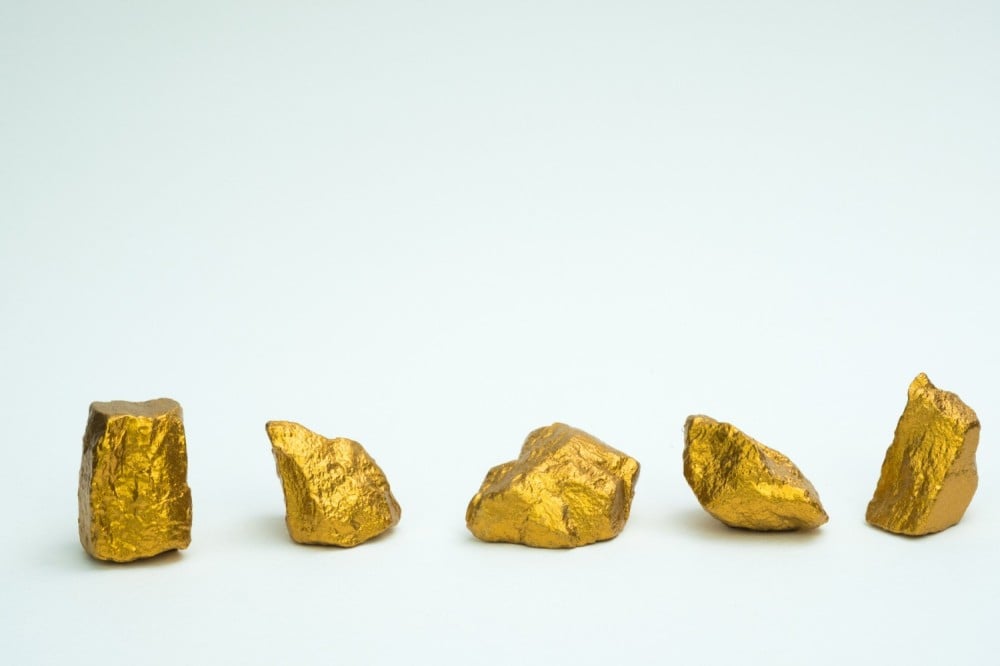Long used as a measure of value, the ounce of gold has evolved into an important factor in financial markets and an indicator of economic stability. In this article, we learn about the ounce, its types, and the factors that affect its value.

An ounce of gold
An ounce of gold is a unit of measurement used to determine the amount of gold and silver. An ounce weighs about 31.1035 grams and has great importance in the gold markets and in investment in general.
The difference between the US (international) ounce and the British (long) ounce:
US ounce:
It is equal to 31.1035 grams and is symbolized by the symbol oz or oz t, which is the most common and used.
British ounce:
It is also equal to 31.1035 grams and is used in towns that follow the British system.
Ounce types:
Regular ounce:
It is mainly used in the American and British system for measuring mass and is also used in commerce and industry, and its weight is 28.3495 grams.
Troy ounce:
It is used to measure the mass of precious metals such as gold and silver, and its weight is 31.1035 grams.
Gold ounce karat
The karat of an ounce of gold is 24 karat, and the purity of gold is 99.9. There is no ounce of karat less than 24 karat.
Price of an ounce of gold
The price of an ounce does not differ between countries in the world and this is due to its constant weight, 31.1035, which determines its value.
Gold ounce shape
The ounce often comes in the form of a disc or rectangle, but it varies in designs and decorations according to its use and the country in which it was manufactured.
The difference between a bar and an ounce
An ounce of gold comes with a fixed weight globally, which is 31.1035, while bullion comes in different weights and sizes, starting from 1 gram and above.

Gold alloy shape
The shapes and designs of the bullion vary between rectangular and oval, and may bear distinctive drawings or engravings, in addition to the weight, country of manufacture, and caliber.
Why is it preferable to buy ounces or bullion?
These gold coins maintain their value during economic fluctuations.
- Easy to convert into cash.
- Easy to store at home without worrying about corrosion.
- Capital preservation.
- Raw gold without losing the workmanship value if it is sold later.
What factors affect the value of an ounce?
- Supply and demand: The price of gold usually rises when demand for it increases, whether from consumers or investors.
Monetary policies: Decisions taken by central banks, such as raising or lowering interest rates, affect the value of gold in general, including the value of an ounce.
- Economic fluctuations: Individuals resort to gold during global economic fluctuations because it is safe, and they prefer to buy ounces or bullion because it is raw gold.
In conclusion, Ruby Jewelry provides you with an ounce of gold and raw bullion of different weights and karats while ensuring the authenticity of the gold and its high quality. Visit us at the store in Jeddah, as we have a safe and secure delivery service to all parts of the Kingdom of Saudi Arabia.

